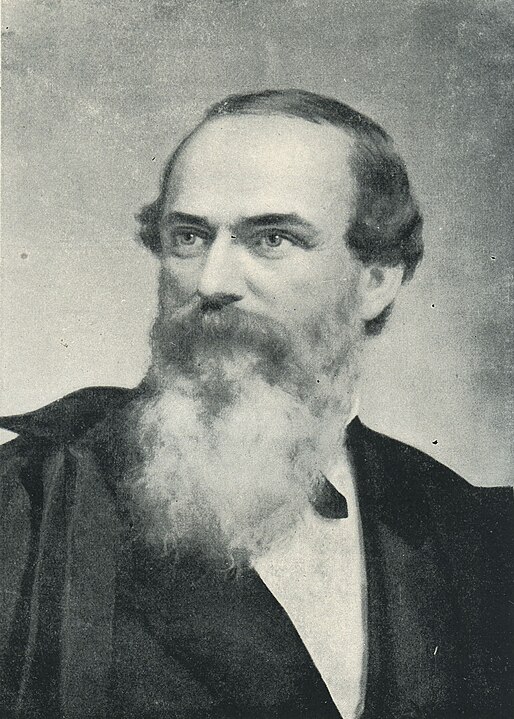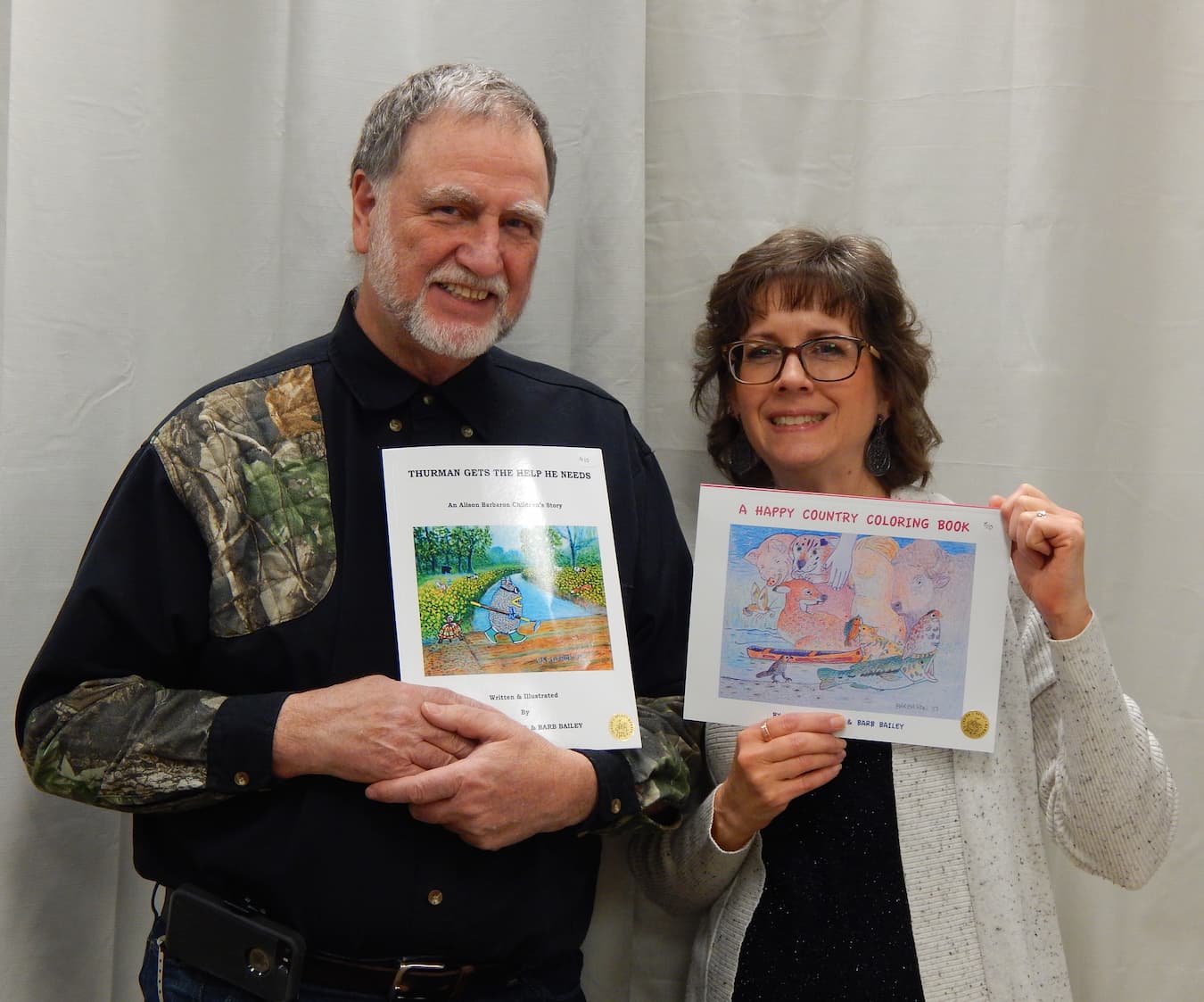Superfluous technological devices, small talk, and wristwatches—these are three things Silas Fortunato, the protagonist of Celestial Mechanics: a tale for a mid-winter night, has permanently removed from his life. By the third chapter of William Least Heat-Moon’s first fictional work, we learn that the handheld device Silas places the most confidence in is the compass, owing to its reliance on magnetic polarity rather than battery power or a human operator.
Least Heat-Moon’s first book, Blue Highways, established the Columbia-based author as a household name in American writing. That was in 1982, and now, with eleven books in his backlist—two in the last five years—he shows no sign of slowing.
The novel begins with a chance meeting between Silas and Dominique. The two become lovers, then husband and wife, but tensions arise when they move to Sachem Hill, a hundred-acre patch of land with an old home on it that Silas has inherited from his aunt. As Silas becomes more deeply enchanted with the home, lovingly restoring it room by room, Dominique’s zealous ambition prevents her from seeing it as anything more than a stop along the way to grander accommodations and a grander lifestyle to go with it.
While Silas spends his evenings on top of the house, peering through his telescope or walking around the forest without a flashlight—“It’s better to let your vision adjust to the dark than to move in a small circle of artificial light. Blind to what surrounds you.”—Dominique toils for long hours at her office in the nearby town. Their interactions slowly tease out the elements of nature, astronomy, mindful consideration of reality, and spirituality that reside at this book’s core.
The setting of Celestial Mechanics feels familiar enough to those of us who’ve grown up or grown older around Missouri’s college towns, countryside, and old farmhouses that produce bedeviling noises in the middle of the night. But the events of this novel do not transpire solely on this plane of existence, let alone solely in the Midwest.
With the fate of his marriage becoming more and more dubious all the time, Silas cultivates relationships with characters who augment his understanding of reality, nature, and ultimately the cosmos at large. His sister-in-law Celeste, an aspiring nun, also proves to be a curious and thoughtful student of the stars. The mysteries that abound in Celestial Mechanics—apparitions, disappearances, the often indecipherable proclamations of the heart—are perplexing and numerous, and mystery is one of the defining characteristics of this novel.
Thematically, Celestial Mechanics is a complex and layered story. According to the big bang theory, before the great cosmological event, all of the matter in the universe could have fit atop the point of a sewing needle; Least Heat-Moon’s novel makes a compelling case that it can at least be contained today within a 400-page volume. Although the book is not peddling answers to the great mysteries of life, Least Heat-Moon deftly balances the questions asked and answered in his novel.
The writing is lively and rewards the thoughtful, deliberate reader. Approach this book with an open mind, a genuine sense of curiosity, and perhaps a compass, and you will be rewarded.
Celestial Mechanics: a tale for a midwinter night is available now.
Related Posts
James Sidney Rollins is Born: April 19, 1812
James S. Rollins was born on this day. Many recognize Rollins as the Father of the University of Missouri.
Game On!
They say the house always wins, but community takes the jackpot at Vintage Vegas Casino Night. Sponsored by Vision Carthage, the event features food, drink, and plenty of casino-style fun. Proceeds benefit local charitable initiatives.
Better Together
These two Cape Girardeau painters write and illustrate children's books in an unconventionally collaborative way. Their method is a fast-paced give-and-take that requires absolute trust, open minds, and a willingness to pick up and pivot.
MO News is Good News – April 19, 2024
Big things are always happening in Missouri. In this week’s headline roundup, we’ve got big bugs, big fish, big money, and your big chance to land on national TV.




